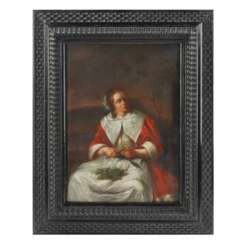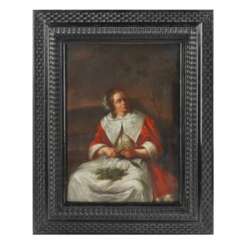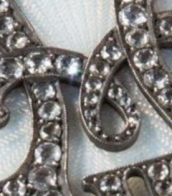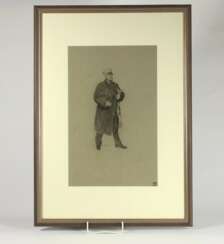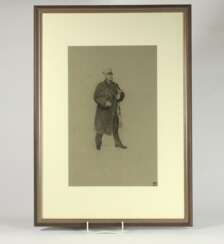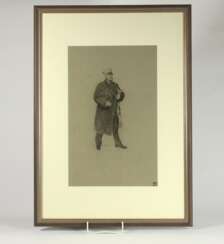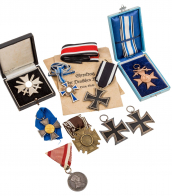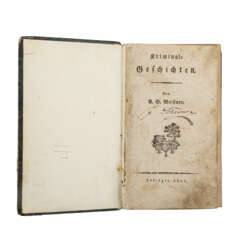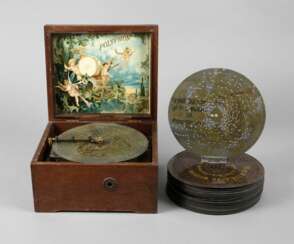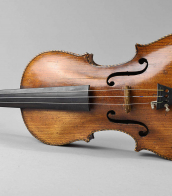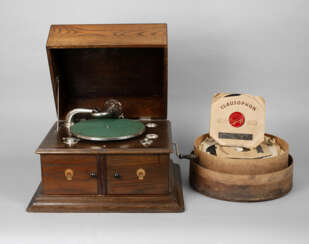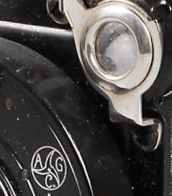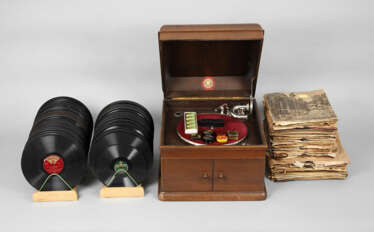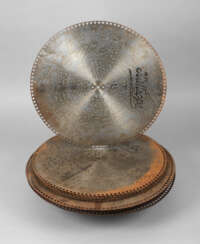historical genre

Paul Mathias Padua was a German painter. He felt committed to the tradition of Wilhelm Leibl, a realist who was highly esteemed by Adolf Hitler, and was extremely successful as an artist during the National Socialist era.
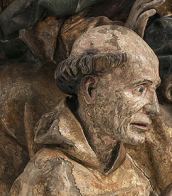
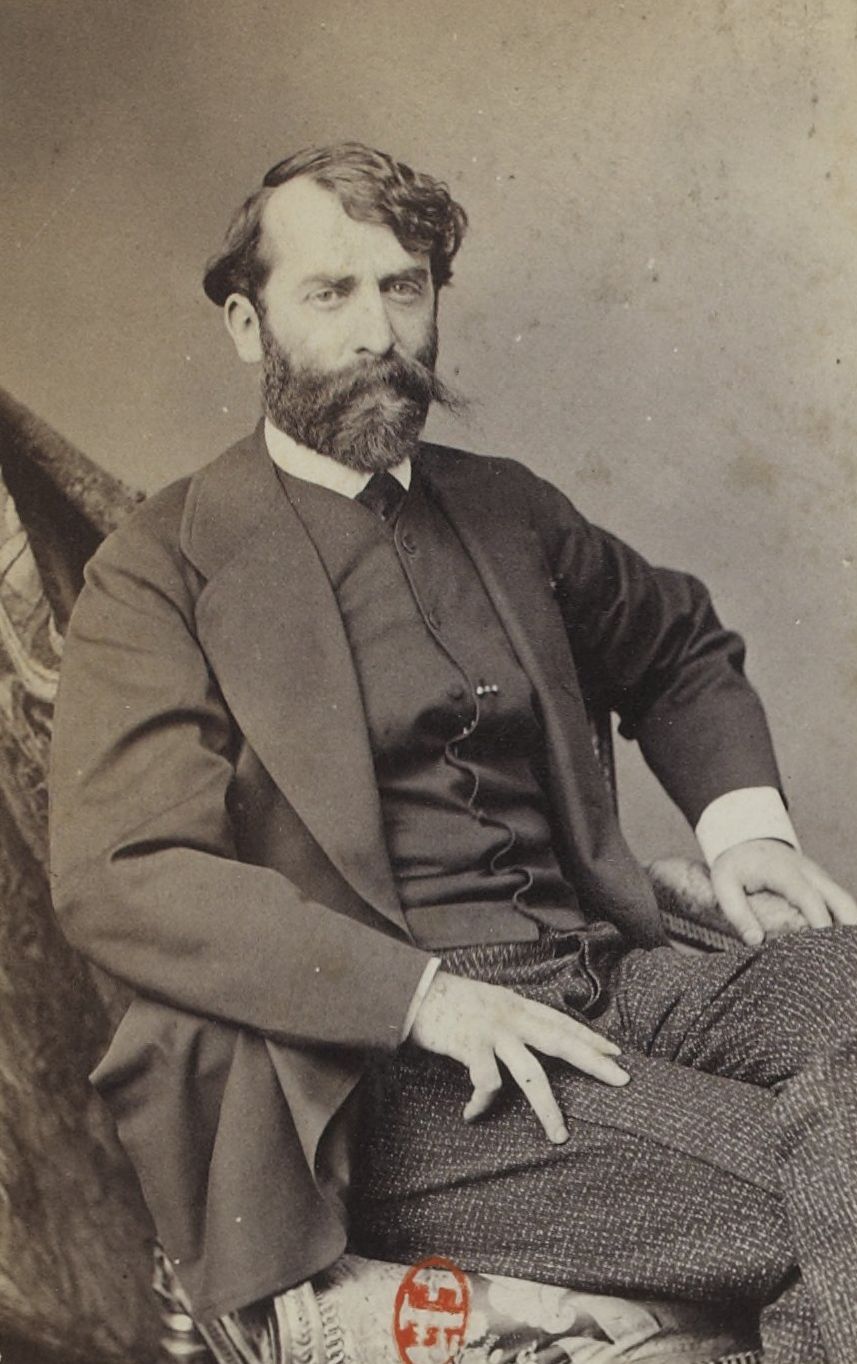
Ferdinand Heilbuth was a nineteenth-century German painter who spent much of his career in France. He is particularly known as a watercolorist, one of the first members of the Society of French Watercolorists.
Heilbuth initially became famous for his portraits done in the style of Titian and Rembrandt. Later, however, he abandoned the portrait genre entirely in favor of historical and everyday subjects and began to depict scenes from the high society of past times. Then, having become a plein air painter, he painted landscapes in Paris and made sketches in London. His paintings were distinguished by their lightness, airiness and masterful technique, and his watercolors were especially skillful.
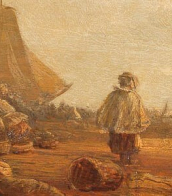
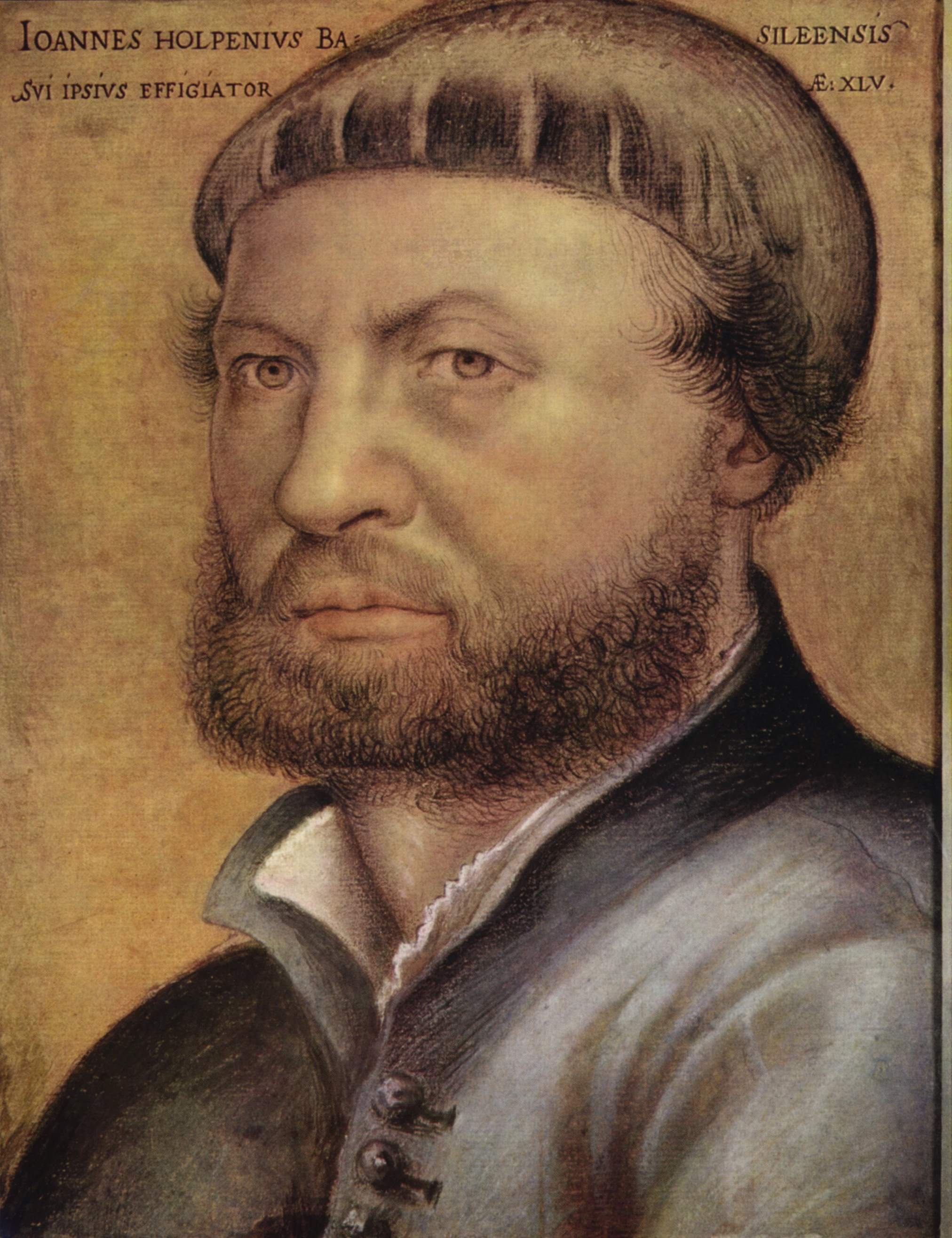
Hans Holbein the Younger was a German-Swiss painter and printmaker who worked in a Northern Renaissance style, and is considered one of the greatest portraitists of the 16th century. He also produced religious art, satire, and Reformation propaganda, and he made a significant contribution to the history of book design. He is called "the Younger" to distinguish him from his father Hans Holbein the Elder, an accomplished painter of the Late Gothic school.
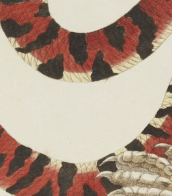
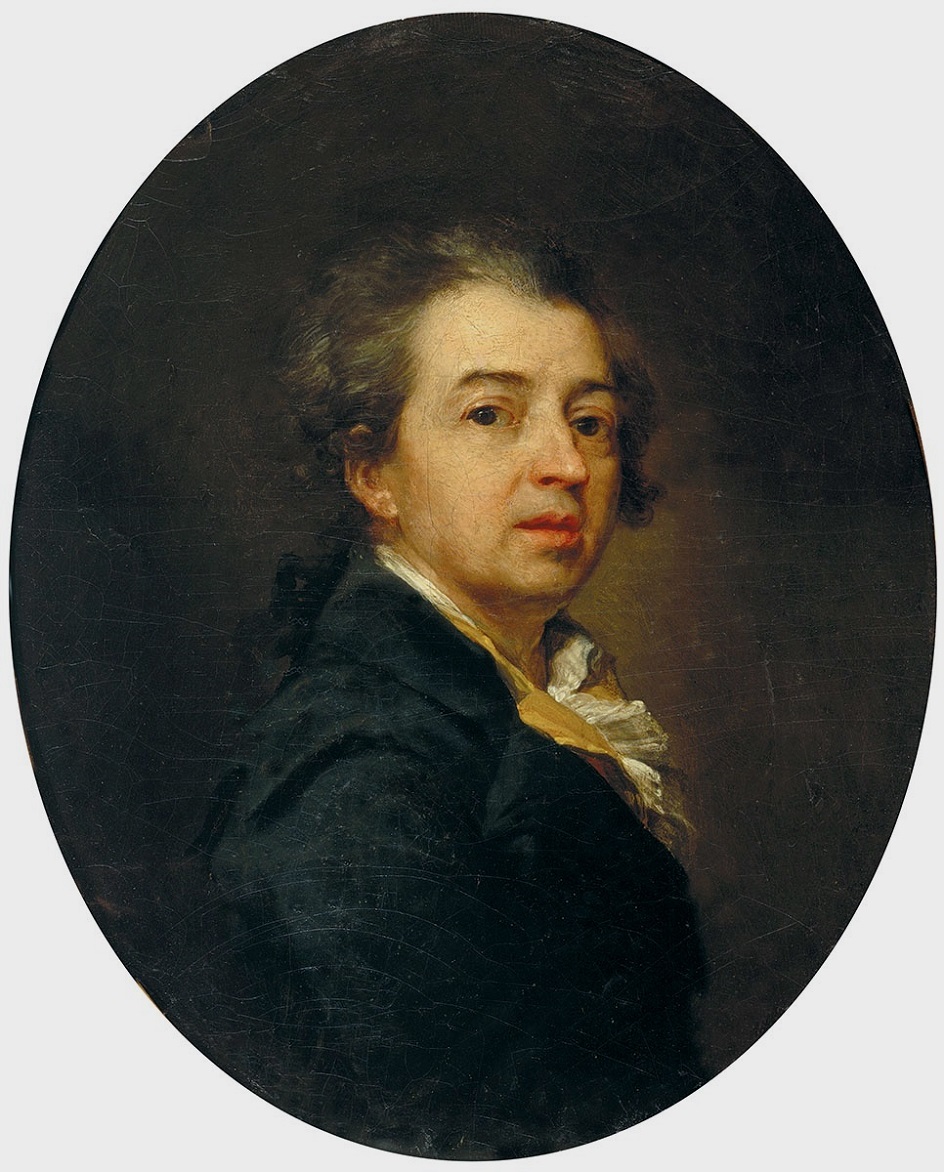
Dmitry Grigoryevich Levitzky (Russian: Дмитрий Григорьевич Левицкий) was an acclaimed Ukrainian-Russian portrait painter and academician born in May 1735, renowned for his exceptional contributions to the art of the 18th century. Originating from a family deeply rooted in the Ukrainian noble-priestly class, Levitzky's early exposure to art came from his father, Grigory Kirillovich Levitsky, a priest and an enthusiast in painting and engraving. This familial influence laid the foundation for Levitzky's artistic journey, which began in earnest when he assisted the prominent painter Alexey Antropov in Kiev, leading to his eventual move to Saint Petersburg.
Levitzky's rise to fame was marked by his unique ability to capture the essence of his subjects, combining exceptional technique with a fresh approach to portrait painting. His most notable works include portraits of significant figures from the Russian elite, such as Catherine II as the Legislatress in the Temple of the Goddess of Justice and portraits of the Smolny Institute's young ladies. Despite the grandeur and recognition that these works brought him, Levitzky faced financial struggles, spending his final years in poverty, a testament to the often-precarious nature of artistic acclaim.
His legacy, which had waned by the 19th century, was revitalized in the 20th century by art historian Alexander Benois, who positioned Levitzky among the pantheon of European Enlightenment artists. Levitzky's work is celebrated for its technical mastery and unique contribution to Russian and European portraiture, leaving an indelible mark on the artistic landscape of his time.
For collectors and experts in art and antiques, Levitzky's paintings are not just artistic achievements but also historical narratives captured in oil, reflecting the complex socio-cultural dynamics of 18th-century Russia. His portraits, housed in prestigious museums and galleries worldwide, continue to be studied and admired for their elegance, detail, and historical significance.
To stay updated on new findings and auction events related to Dmitry Grigoryevich Levitzky's works, sign up for updates. This subscription will ensure you're informed about sales and auctions where you can acquire pieces by this master portraitist, offering a unique opportunity to own a piece of art history.
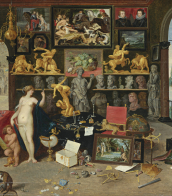


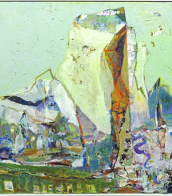
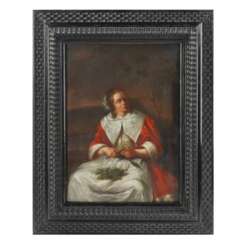


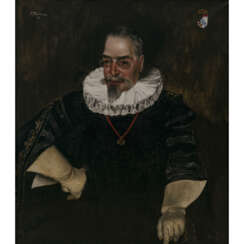

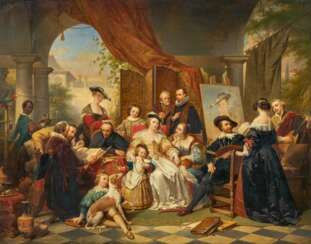

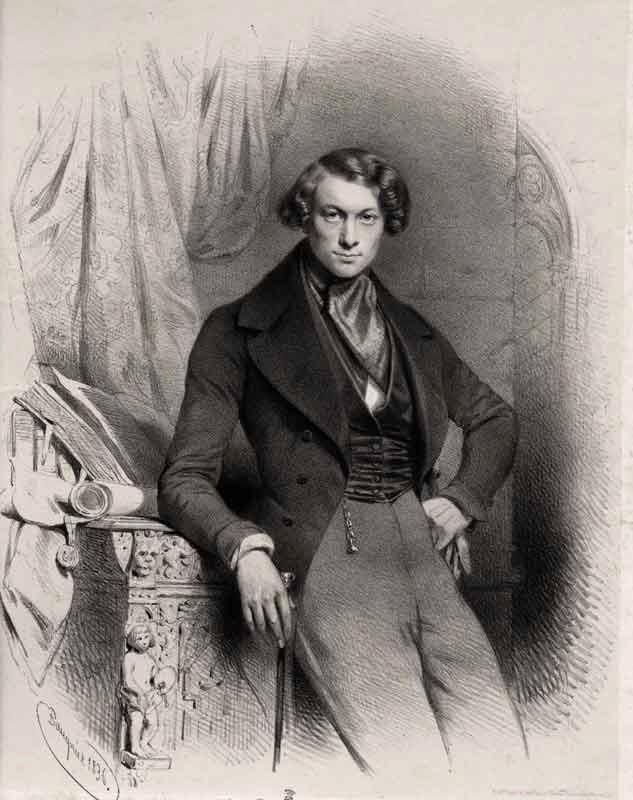
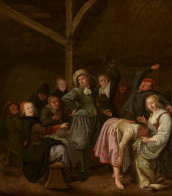
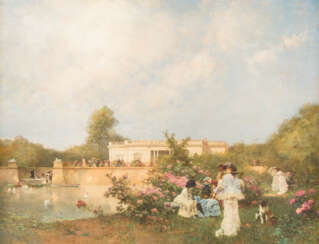




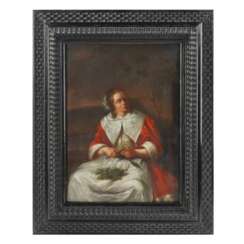

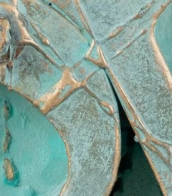


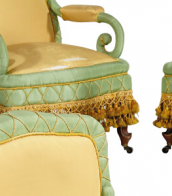


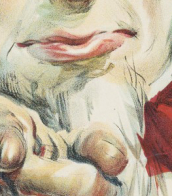
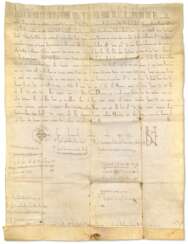

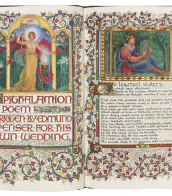
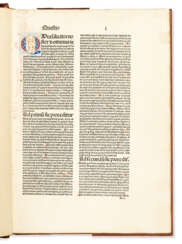

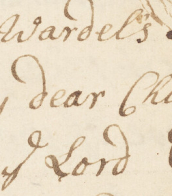
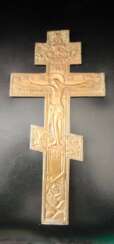

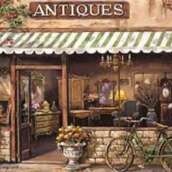
![[HEURES IMPRIMÉES SUR VÉLIN]](/assets/image/picture_2500855/78560/d63e979ceb5eabc7045846f8c60c12491667984400jpg__fix_374_244.jpeg)
![[HEURES IMPRIMÉES SUR VÉLIN]](https://veryimportantlot.com/assets/image/picture_2500855/78560/d63e979ceb5eabc7045846f8c60c12491667984400jpg__fix_374_244.jpeg)
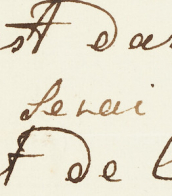
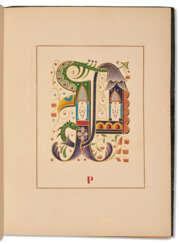

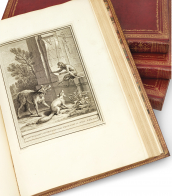
![[LUTHER, Martin (1483-1546) et Hans HOLBEIN LE JEUNE (1497-1543)]](/assets/image/picture_4259584/4c4eb/3kd5xdxacqau4prgw6y1t5z6soba3uzal9wflgdoxiuf7gnfilk7wkak9f9moah1729408928jpg__fix_374_244.jpeg)
![[LUTHER, Martin (1483-1546) et Hans HOLBEIN LE JEUNE (1497-1543)]](https://veryimportantlot.com/assets/image/picture_4259584/4c4eb/3kd5xdxacqau4prgw6y1t5z6soba3uzal9wflgdoxiuf7gnfilk7wkak9f9moah1729408928jpg__fix_374_244.jpeg)
